Creating a miniature aquatic ecosystem for shrimp and snails offers a fascinating glimpse into the delicate balance of nature. These small-scale habitats not only provide a beautiful display of underwater life but also serve as self-sustaining environments where various organisms work together in harmony.
Whether you’re a seasoned aquarist looking for a new project or a beginner seeking a low-maintenance introduction to aquatic pets, a shrimp and snail ecosystem combines the joy of nurturing living creatures with the satisfaction of establishing a thriving natural system. This article will guide you through everything you need to know about setting up, maintaining, and enjoying your own miniature underwater world.
Understanding the Concept of a Mini Ecosystem

A mini ecosystem is a small-scale, self-contained environment where multiple organisms interact with each other and their surroundings to create a balanced system. In an aquatic mini ecosystem, shrimp and snails play crucial roles as cleaners and decomposers, breaking down waste and preventing algae overgrowth. Plants serve as natural filters, absorbing nitrates and providing oxygen through photosynthesis.
Beneficial bacteria convert harmful ammonia from animal waste into less toxic compounds, completing what’s known as the nitrogen cycle. When properly established, these components work together to maintain water quality and create a sustainable habitat that requires minimal intervention from the caretaker.
Selecting the Right Tank Size and Type
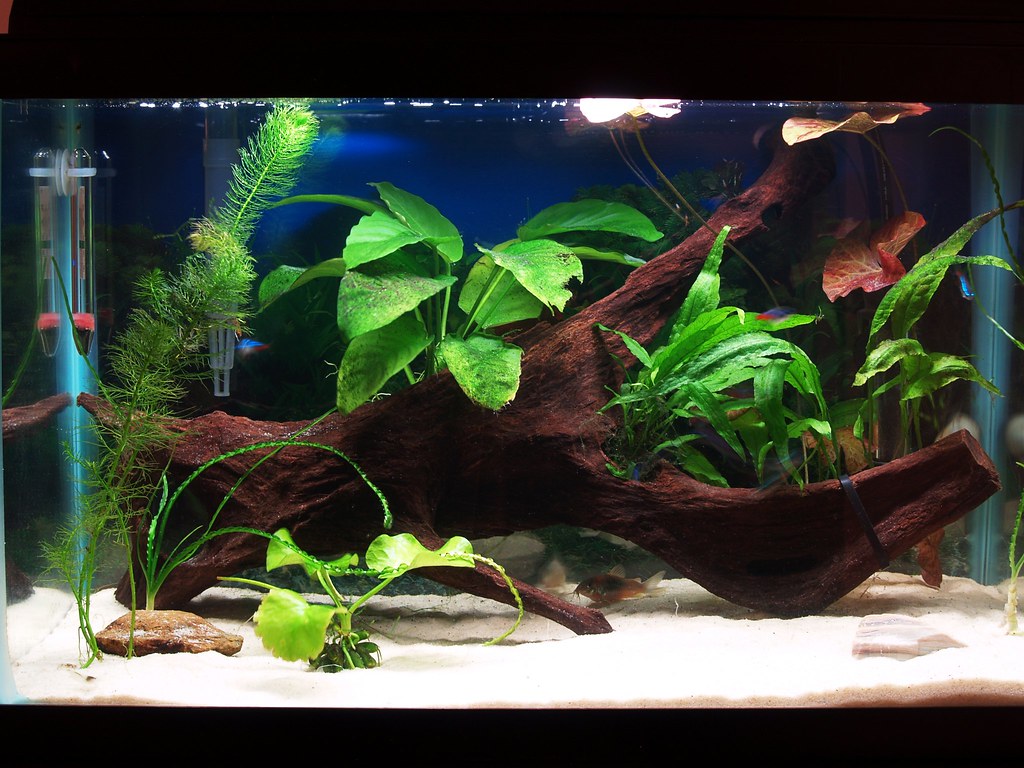
While shrimp and snails don’t require enormous spaces, providing adequate room is essential for a stable ecosystem. For beginners, a tank between 5-10 gallons offers a good balance between maintenance requirements and stability, as larger volumes of water resist rapid parameter changes. Glass aquariums are preferred over plastic containers as they maintain better temperature stability and resist scratching, which can be caused by snails’ rasping feeding behaviors.
Consider tanks with low profiles rather than tall designs, as this provides more surface area for beneficial bacteria colonization and better gas exchange at the water surface. If possible, opt for a tank with a secure lid, as some shrimp species are known jumpers, especially when startled or during water changes.
Essential Equipment for Your Mini Ecosystem
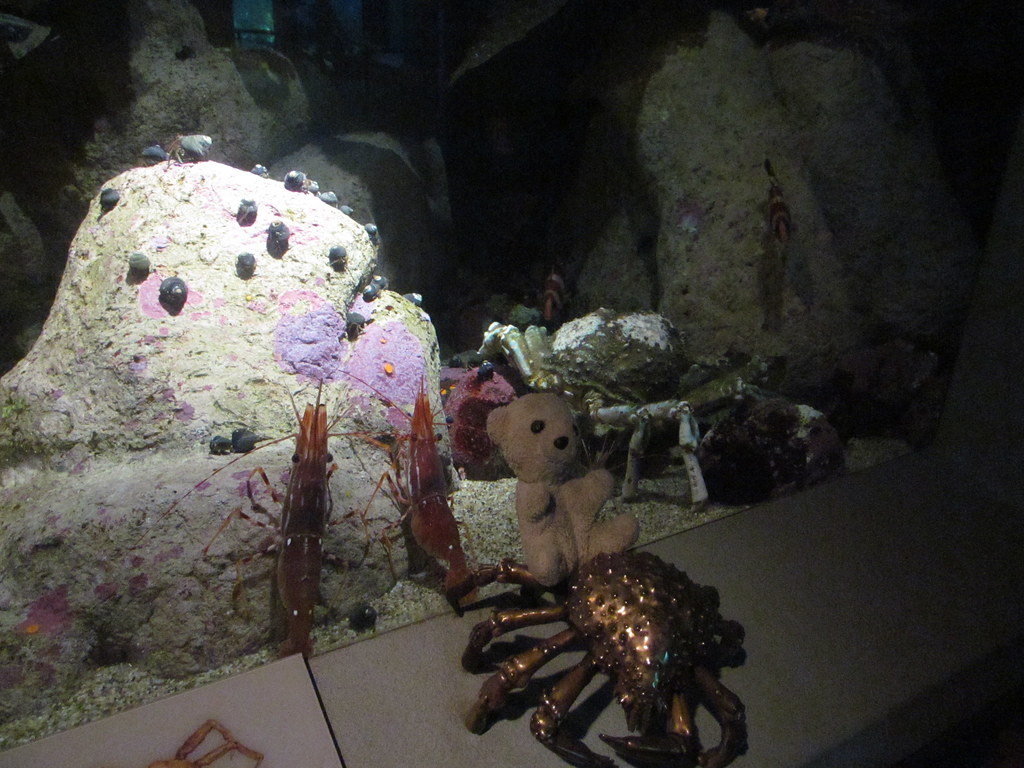
Even minimalist setups require some basic equipment to thrive. A gentle sponge filter provides necessary water movement and oxygenation while offering safe filtration that won’t harm tiny shrimp. An adjustable heater is crucial for maintaining stable temperatures, typically between 72-78°F (22-26°C) for most freshwater shrimp and snails. A basic LED light supports plant growth and showcases your ecosystem’s beauty, with a timer allowing for consistent photoperiods of 8-10 hours daily.
Consider adding a thermometer to monitor temperature fluctuations and a testing kit to check ammonia, nitrite, nitrate, and pH levels regularly. For precision feeding, a small digital scale can help measure tiny amounts of food, preventing overfeeding which is a common cause of water quality issues.
Substrate Selection and Preparation

The substrate forms the foundation of your ecosystem and serves multiple purposes beyond aesthetics. For shrimp and plant health, consider fine-grained substrates like specialized planted aquarium soils that buffer water parameters and provide nutrients for plants. These substrates typically lower pH slightly, which benefits many popular shrimp species like Cherry and Crystal shrimp. Before adding substrate to your tank, rinse it thoroughly unless using aqua soil, which should not be rinsed as this would wash away beneficial nutrients.
Aim for a depth of 1-2 inches in the front, sloping to 2-3 inches in the back to create depth perception and allow for easier plant rooting. Some hobbyists add a thin layer of crushed coral or limestone in mesh bags beneath the substrate to provide a source of calcium for shrimp and snail shell development in very soft water areas.
Choosing Compatible Shrimp Species
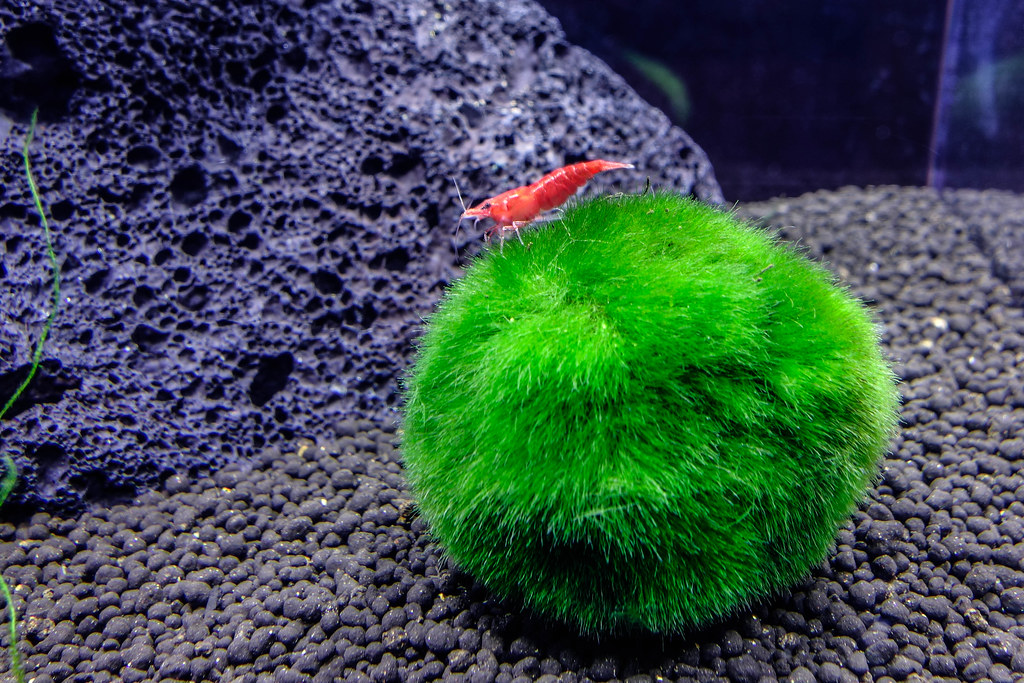
Not all shrimp species coexist peacefully, so careful selection is essential for a harmonious ecosystem. Neocaridina varieties (Cherry shrimp and their color variations) are ideal for beginners due to their hardiness and adaptability to various water conditions. Caridina species like Crystal Red or Black shrimp require more specific water parameters but offer striking coloration for more experienced keepers.
Avoid mixing different Neocaridina color strains in the same tank if breeding is a goal, as offspring will likely revert to wild coloration through cross-breeding. For a community setup, Amano shrimp make excellent algae controllers but won’t reproduce in freshwater, limiting population growth. Ghost shrimp can be added as inexpensive cleaners, though they tend to be slightly more aggressive than other dwarf shrimp species and may have shorter lifespans.
Selecting Suitable Snail Species
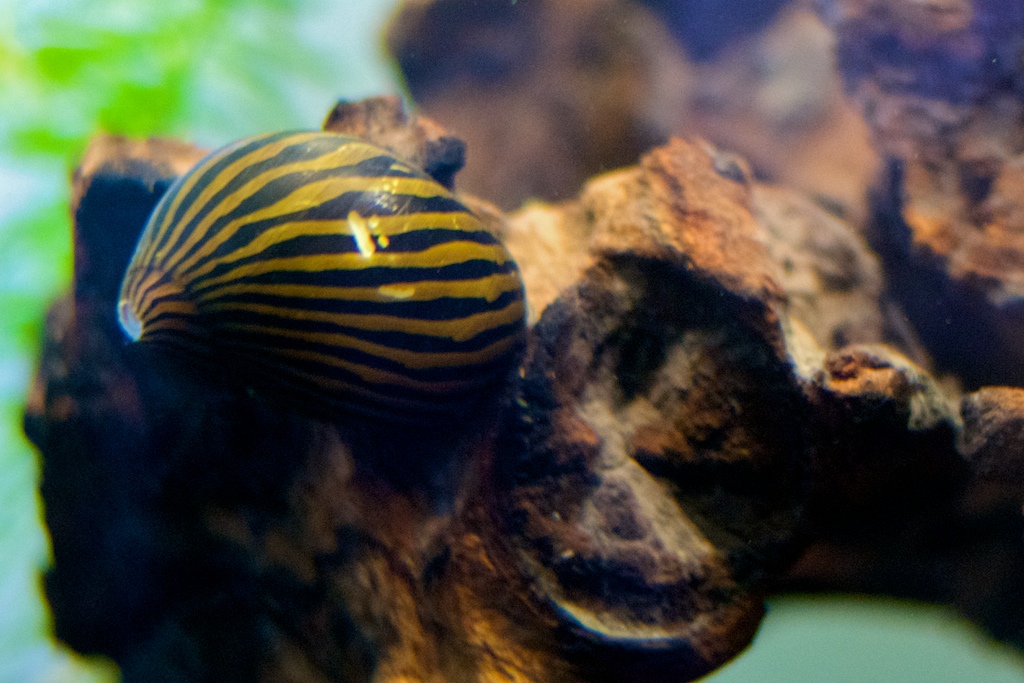
Snails contribute significantly to the cleanup crew in your mini ecosystem, but choosing the right species prevents potential problems. Nerite snails are prized for their algae-eating efficiency and inability to reproduce in freshwater, preventing overpopulation issues. Mystery snails add vibrant colors and personality while helping to consume leftover food and soft algae growth.
For detritus management, Malaysian Trumpet Snails burrow through substrate, preventing anaerobic pockets from forming, though they can multiply rapidly if overfed. Avoid predatory species like Assassin snails unless you’re specifically adding them to control other snail populations. Ramshorn snails can be beautiful additions with their spiral shells, but their prolific breeding means you should introduce them only if you’re prepared for their numbers to increase over time.
Plant Selection for Ecological Balance
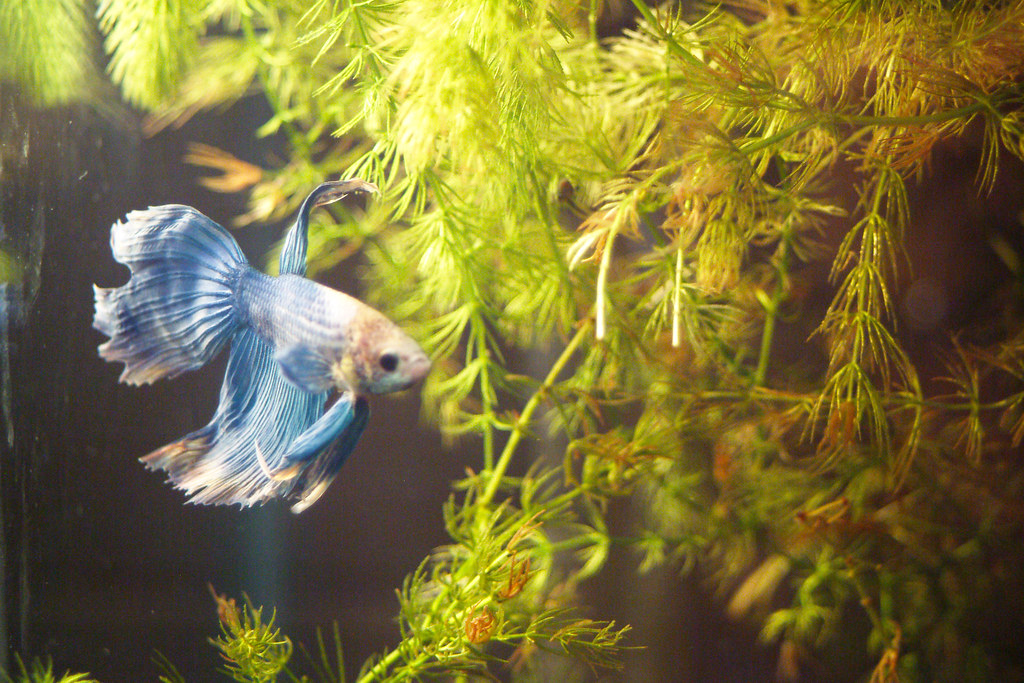
Plants are crucial components that provide oxygen, absorb waste compounds, offer shelter, and create grazing surfaces for shrimp and snails. Fast-growing species like Hornwort, Water Sprite, and Hygrophila help establish new tanks quickly by absorbing excess nutrients that would otherwise feed algae. Moss varieties such as Java Moss, Christmas Moss, or Flame Moss provide perfect grazing and breeding grounds for shrimp, with their fine structures collecting biofilm that serves as supplemental food.
Include some floating plants like Frogbit or Salvinia to provide shade and surface area for biofilm development while helping to control nitrate levels. Slow-growing Anubias and Java Fern species attach to hardscape rather than substrate, creating additional surfaces for grazing while requiring minimal maintenance and tolerating low-light conditions that might prevail in simple setups.
Creating Hardscape Features and Hiding Places
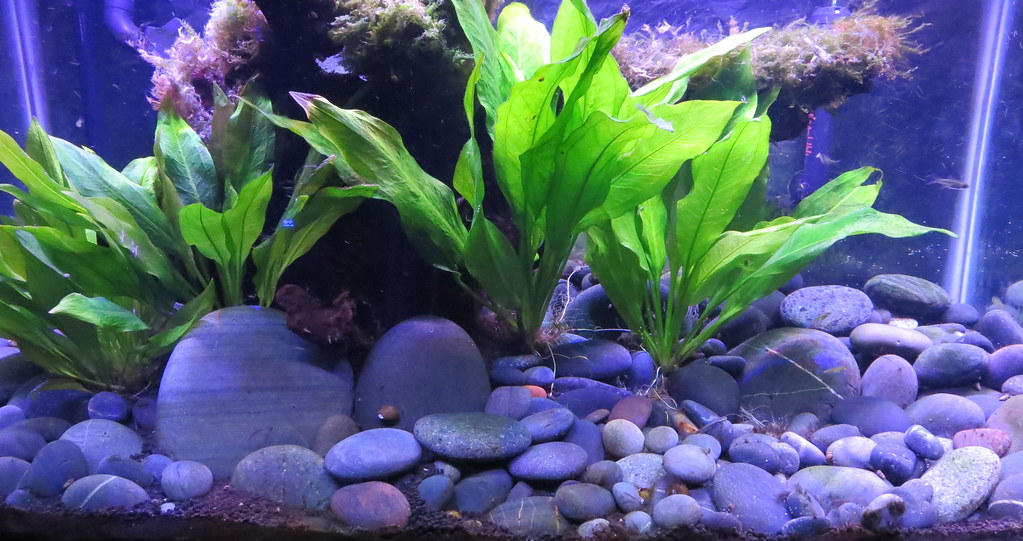
Hardscape elements serve both aesthetic and functional purposes in your mini ecosystem. Driftwood pieces not only create natural-looking landscapes but also slowly release tannins that can benefit certain shrimp species while providing surfaces for biofilm development. Rocks like dragon stone or lava rock create caves and crevices where shrimp can hide during molting, a vulnerable period in their life cycle. Ceramic shrimp tubes or coconut shell halves offer additional shelter options that are particularly important in community tanks or when keeping berried (pregnant) females.
When arranging hardscape, create varying levels and plenty of line-of-sight breaks to reduce stress and allow shrimp to establish territories. Ensure all decorations are aquarium-safe and won’t leach harmful substances; avoid painted ornaments or those with sharp edges that could injure soft-bodied invertebrates.
Water Parameters and Chemistry Essentials
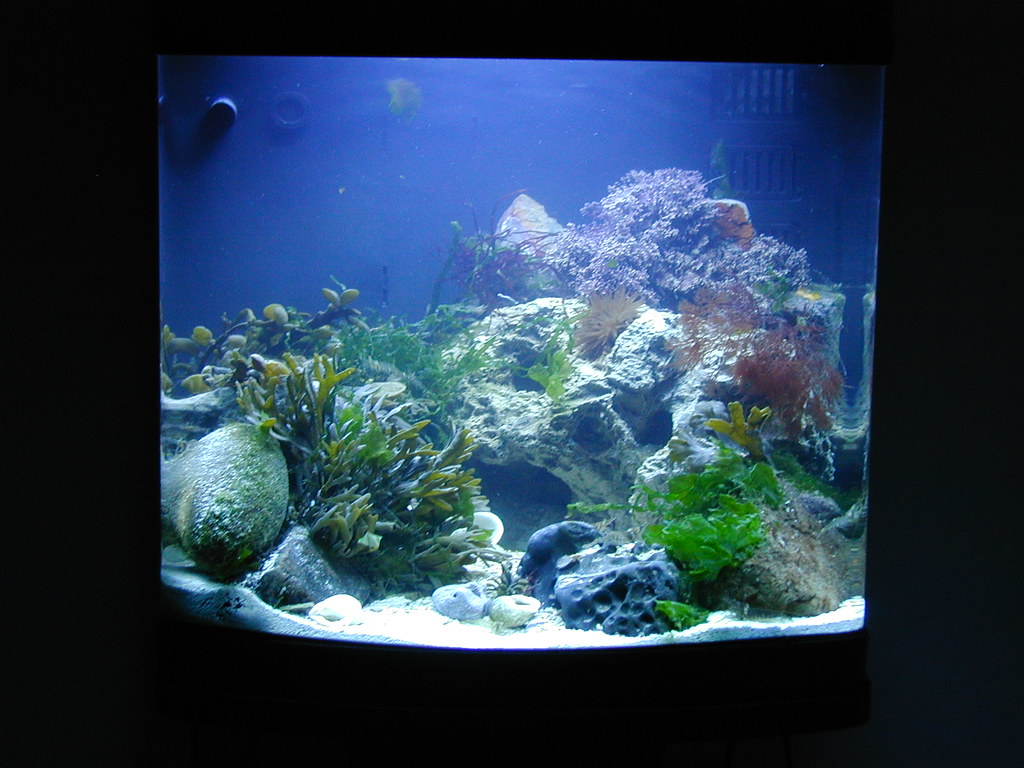
Maintaining appropriate water conditions is critical for the health of your mini ecosystem inhabitants. Most Neocaridina shrimp thrive in moderately hard water with a pH between 6.8-7.5, while Caridina species typically prefer softer, slightly acidic conditions with pH 6.0-6.8. Temperature stability is crucial, with 72-76°F (22-24°C) suitable for most shrimp and snail species; avoid fluctuations greater than 2°F in a 24-hour period. Test regularly for ammonia and nitrite, which should always read zero in an established tank, while nitrates should remain below 20ppm through regular maintenance and plant uptake.
TDS (Total Dissolved Solids) measurements provide valuable information about overall water mineral content, with most Neocaridina preferring 150-250 TDS and Caridina species generally requiring 100-200 TDS. For breeding success, GH (General Hardness) levels between 4-8 degrees provide essential minerals for proper shell and exoskeleton development.
The Cycling Process and Establishing Beneficial Bacteria
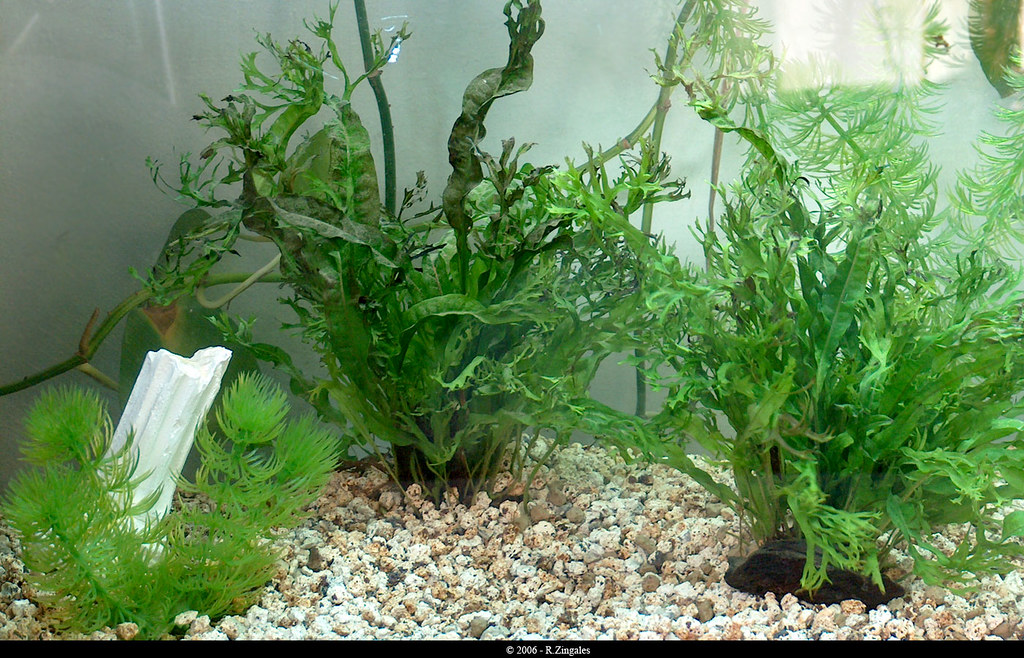
Before adding any livestock, your tank must complete the nitrogen cycle, establishing colonies of beneficial bacteria that process waste. This process typically takes 4-6 weeks and involves bacteria that convert toxic ammonia to nitrite (still toxic) and then to nitrate (less harmful at low levels). Begin by adding a source of ammonia, either through fish food decomposition, pure ammonia solutions, or commercially available bacterial starters. Test water parameters every few days to track progress, looking for ammonia and nitrite levels to spike and then fall to zero consecutively.
Plants can be added during cycling, but shrimp and snails should only be introduced after the tank can process 2ppm of ammonia to 0ppm of nitrite within 24 hours. Patience during this stage is crucial; rushing to add livestock before cycling completes often results in stress, disease, and death for sensitive invertebrates like shrimp.
Acclimating and Introducing New Inhabitants
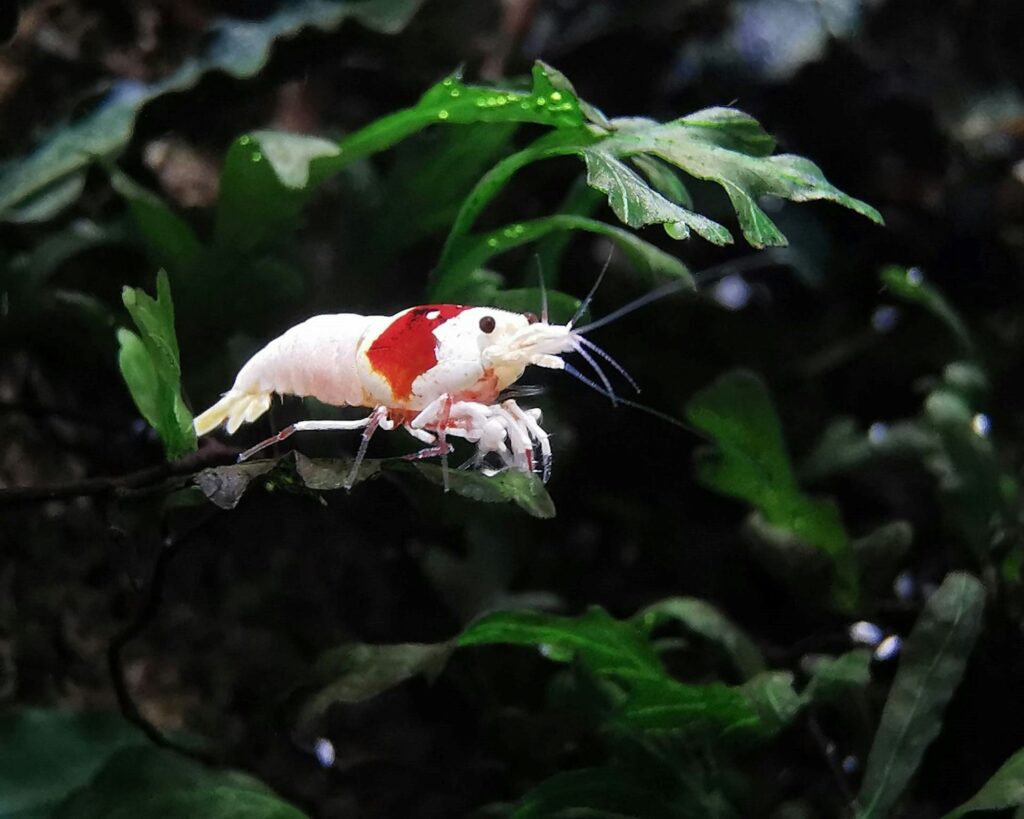
Proper acclimation is essential when introducing shrimp and snails to prevent shock from parameter differences. The drip acclimation method is highly recommended: place new arrivals in a container with their shipping water, then use airline tubing to slowly drip tank water into the container over 1-2 hours, gradually matching parameters. For particularly sensitive species like Crystal shrimp, extending this process to 3-4 hours provides even gentler transition.
Never introduce shipping water to your tank as it may contain pollutants, medications, or pathogens. When adding new specimens, dim lights and provide immediate access to hiding places to reduce stress. Consider quarantining new arrivals in a separate container for a week before adding them to your main ecosystem, especially if purchasing from pet stores where they may have been exposed to medication or disease.
Feeding Practices for a Balanced Ecosystem
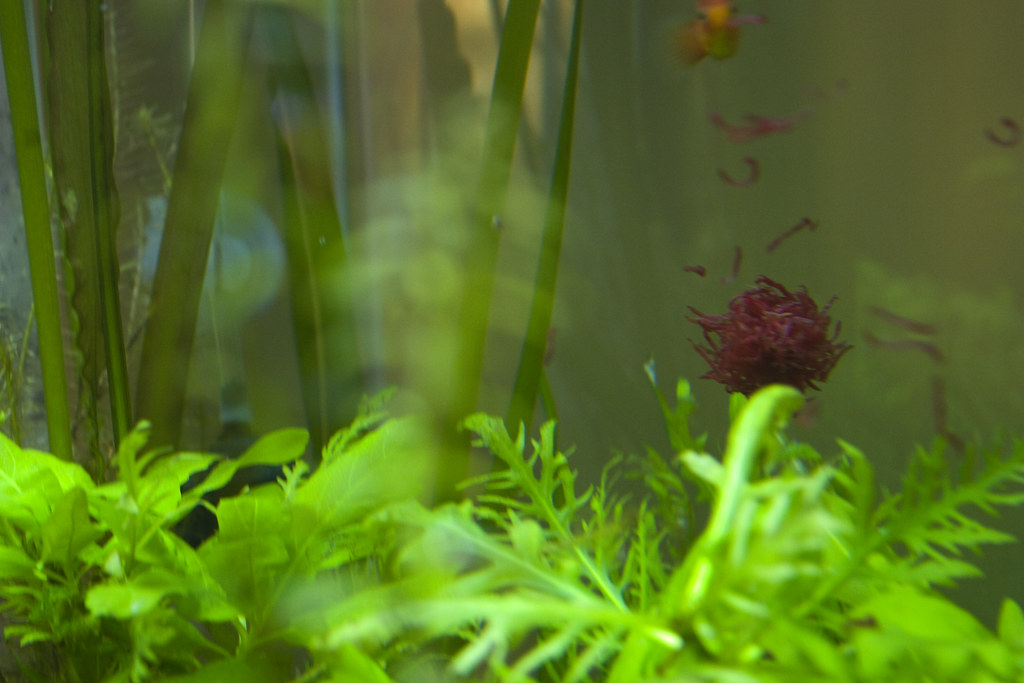
Proper feeding maintains the health of your inhabitants while preventing water quality issues from excess food. In a well-established ecosystem with ample biofilm and algae growth, supplemental feeding can be minimal, perhaps 2-3 times weekly for shrimp. When feeding, use specialized invertebrate foods that contain calcium and iodine for proper molting, offering only what can be consumed within 2-3 hours.
Blanched vegetables like spinach, zucchini, and sweet potato provide natural food sources that decompose slowly and won’t rapidly pollute water. Rotating between commercial foods, vegetables, and occasional protein sources like bloodworms creates dietary variety that promotes health and coloration. Feed in designated areas where you can monitor consumption, and use feeding dishes to prevent food from becoming lost in substrate where it can decompose and affect water quality.
Maintenance Routines and Water Changes
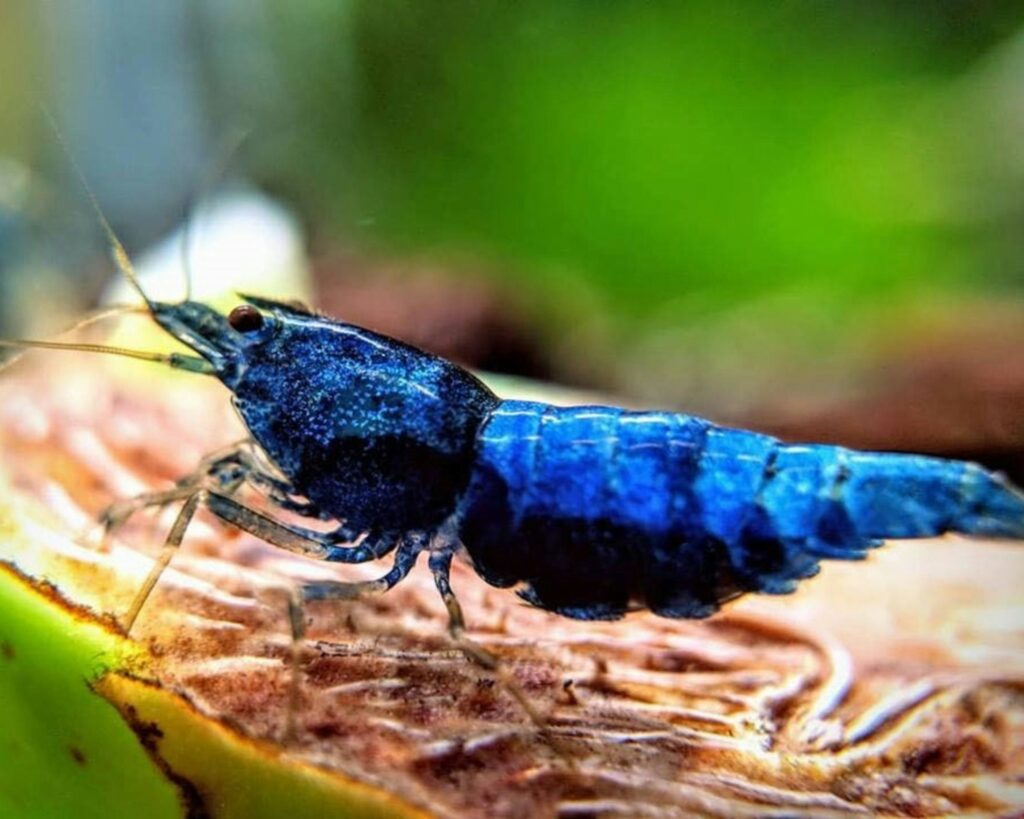
Regular maintenance keeps your mini ecosystem thriving while preventing parameter shifts that stress inhabitants. Small, frequent water changes of 10-20% weekly are preferable to infrequent large changes that could destabilize the environment. Use a dedicated container for water preparation, treating tap water with a quality dechlorinator and allowing it to reach tank temperature before adding. Gentle maintenance is crucial—use pipettes to remove visible waste from substrate without disturbing the ecosystem’s balance.
Clean filter sponges by gently squeezing them in removed tank water, never tap water that would kill beneficial bacteria. Trim plants as needed to prevent overgrowth, removing cuttings promptly to avoid decomposition. Keep a maintenance journal tracking parameters, observations, and changes to identify patterns and potential issues before they become serious problems.
Troubleshooting Common Issues
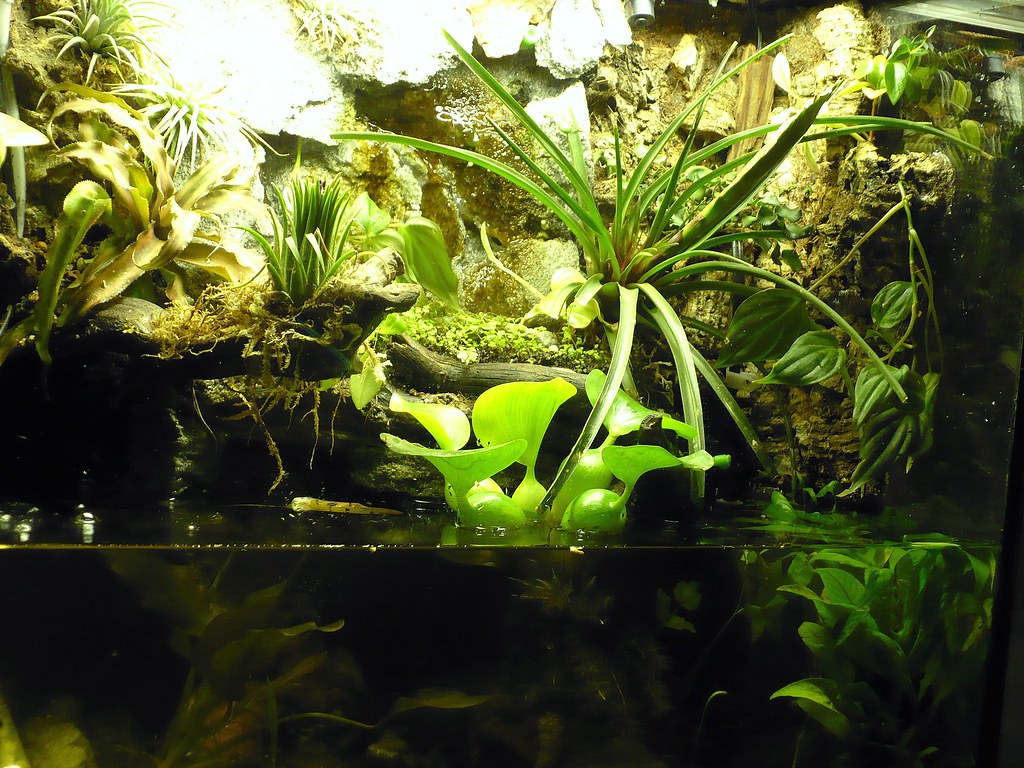
Even well-maintained ecosystems occasionally encounter challenges that require intervention. Sudden shrimp deaths often indicate water quality issues; immediately test for ammonia, nitrite, and check for copper contamination, which is highly toxic to invertebrates. White film on water surfaces typically indicates protein buildup; increase surface agitation and reduce feeding temporarily. If algae begins overtaking plants, reduce lighting duration, increase plant mass, and consider adding floating plants to compete with algae for nutrients.
For snails that stop moving, test calcium levels in your water as deficiencies can cause shell deterioration; supplement with cuttlebone pieces if necessary. If shrimp lose coloration, evaluate light intensity, diet, and background color, as these factors influence pigmentation expression. For unsuccessful molting in shrimp, ensure GH and KH are appropriate and consider adding mineral supplements specifically formulated for invertebrates.
Monitoring and Enjoying Your Mini Ecosystem
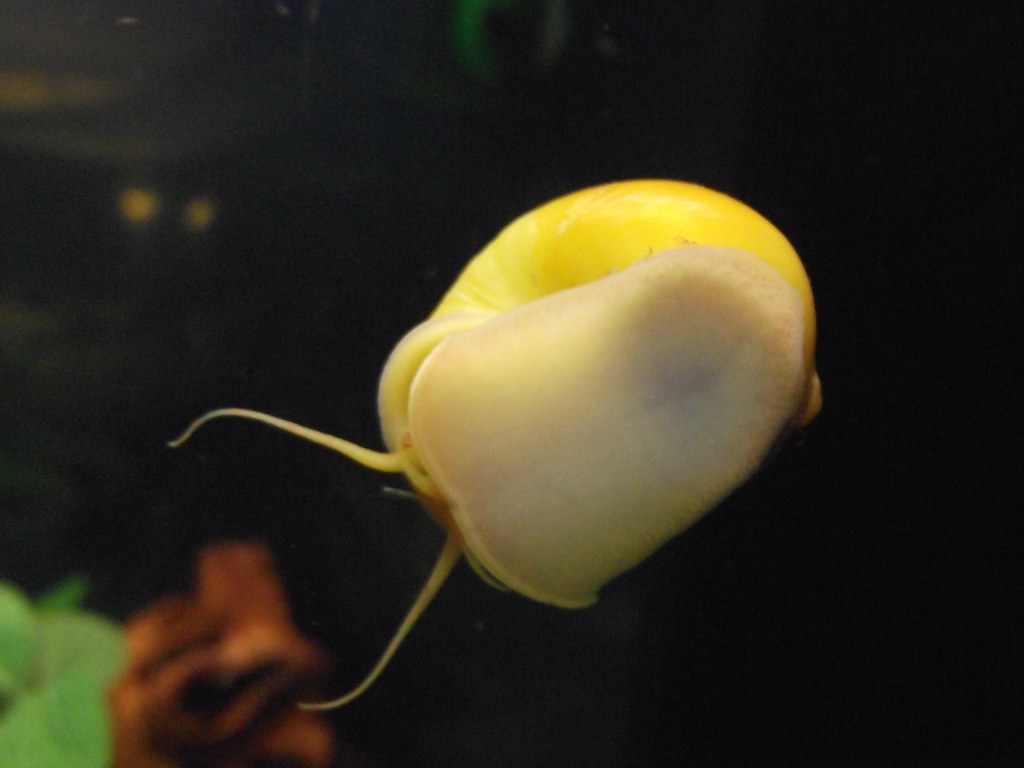
A thriving mini ecosystem provides endless opportunities for observation and learning about natural processes. Set aside time to watch your ecosystem without disturbance, noticing behavioral patterns like feeding preferences, territory establishment, and interactions between different species. Photograph your tank regularly to document growth and changes that might be too subtle to notice day-to-day.
Consider keeping a species-specific journal noting breeding activities, color development, and population dynamics over time. Share your experiences with online communities dedicated to shrimp and snail keeping, where you can gain insights from others’ experiences while contributing your own observations. Remember that the true reward of maintaining a mini ecosystem comes not just from creating beautiful underwater landscapes, but from developing deeper understanding of the intricate relationships between all components of natural systems.
A well-balanced mini ecosystem for shrimp and snails represents a fascinating microcosm of nature’s complexity. When properly established and maintained, these small underwater worlds operate with remarkable self-sufficiency, demonstrating principles of ecology on a scale accessible to anyone with patience and attention to detail.
Beyond their educational value, these ecosystems provide a uniquely calming presence in homes or offices, their gentle rhythms offering a counterbalance to modern life’s hectic pace. Whether you’re drawn to the vibrant colors of cherry shrimp, the industrious cleaning behaviors of nerite snails, or the lush growth of aquatic plants, a mini ecosystem rewards its caretaker with an ever-changing display of natural beauty and biological harmony.


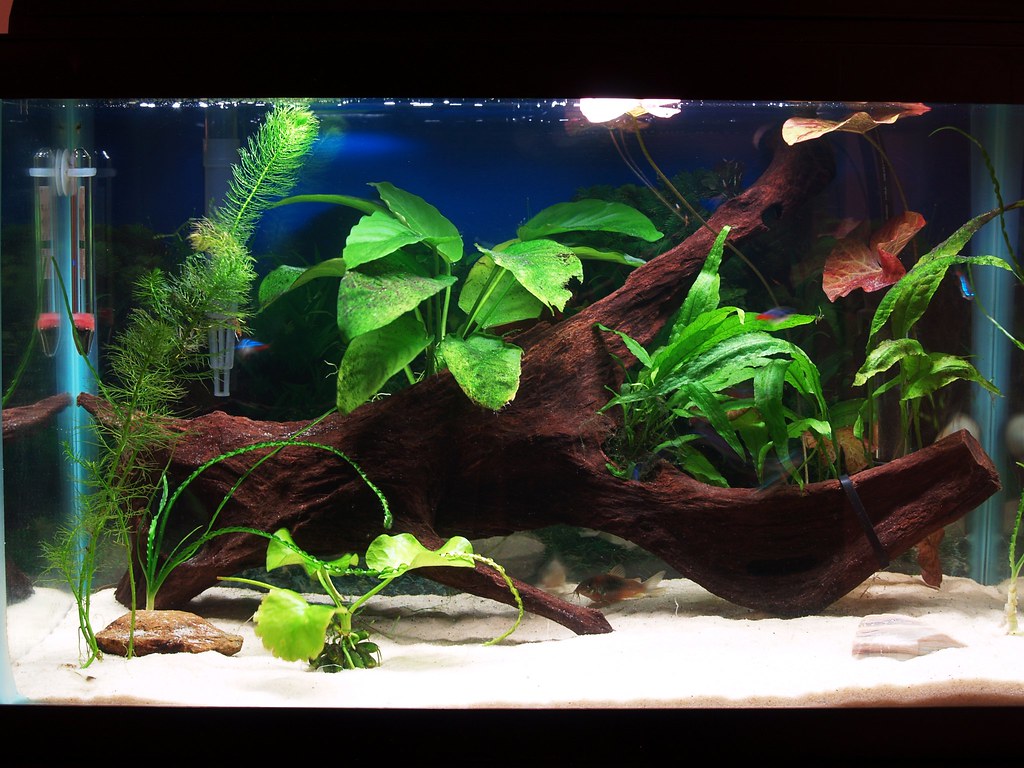
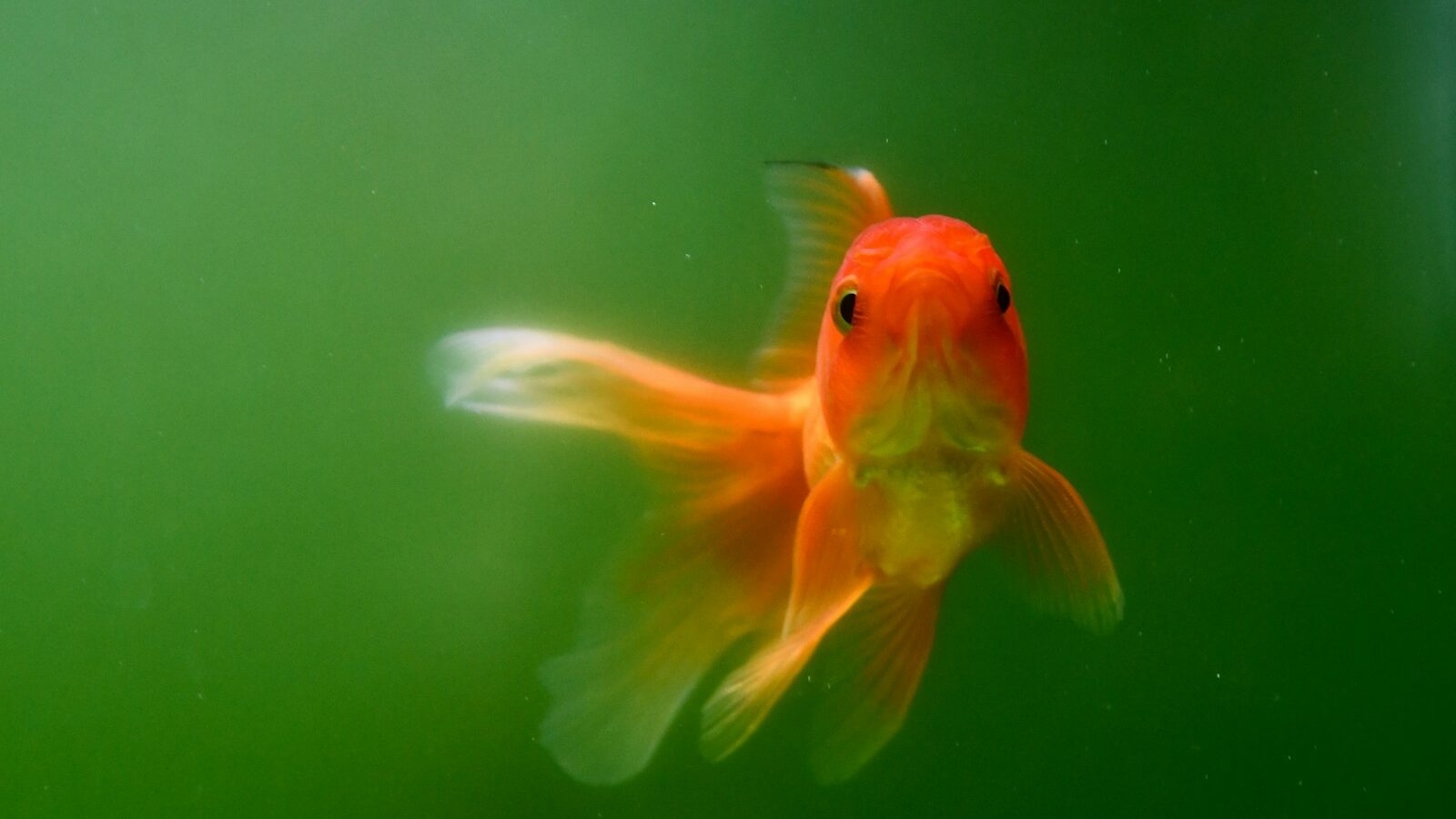
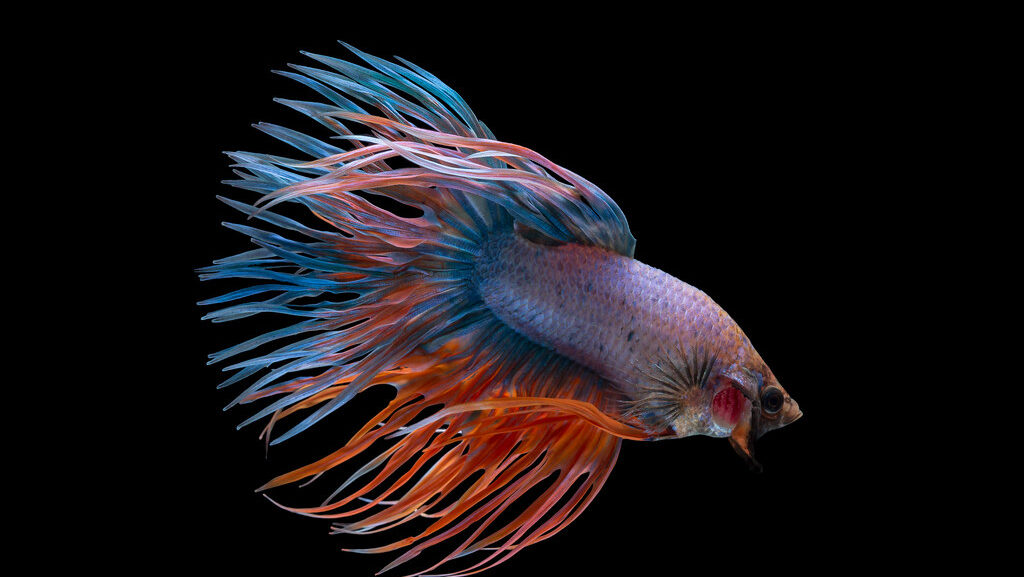
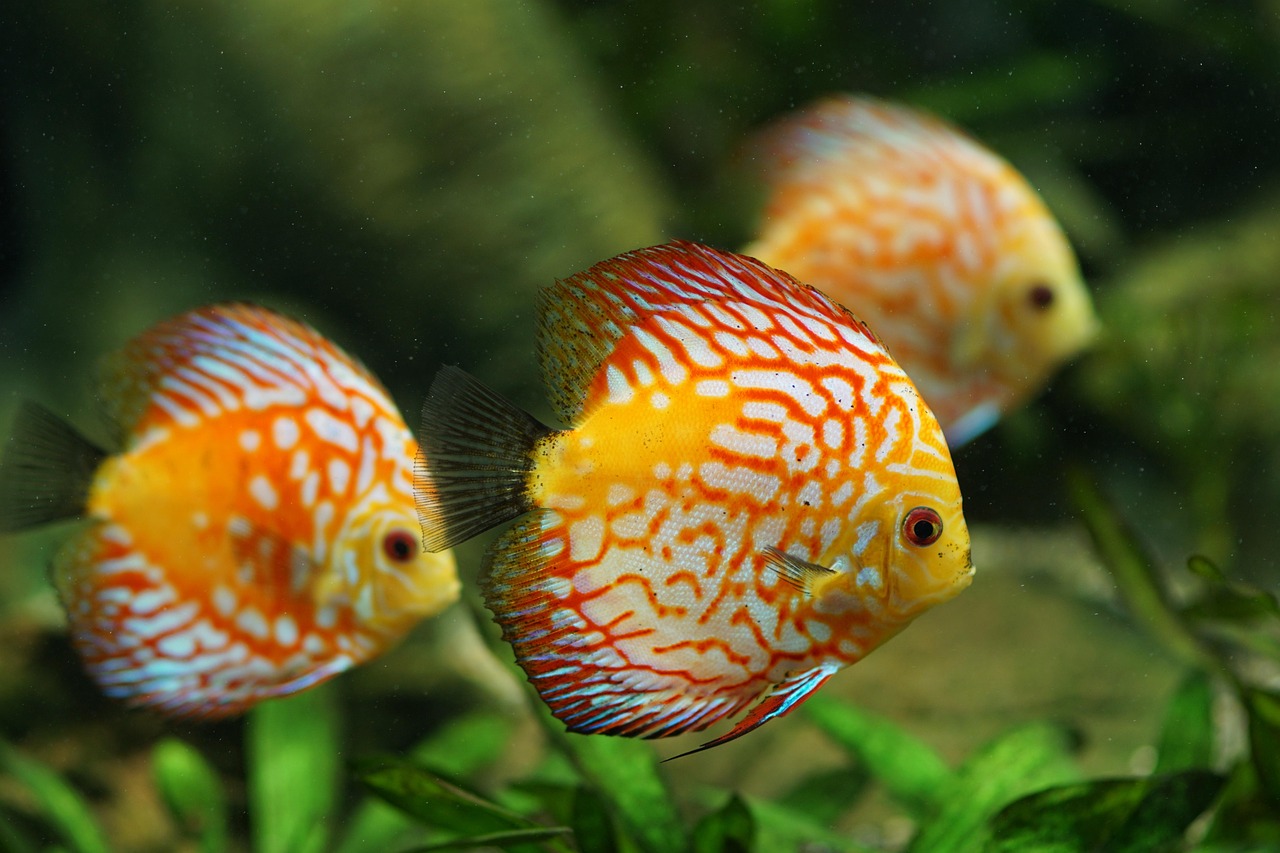
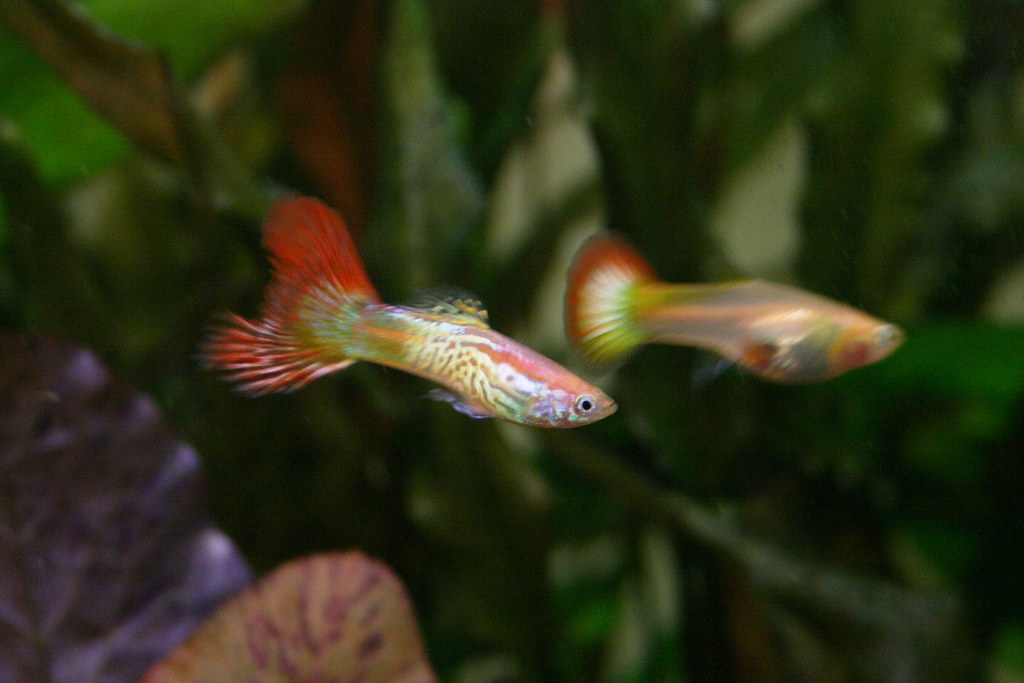
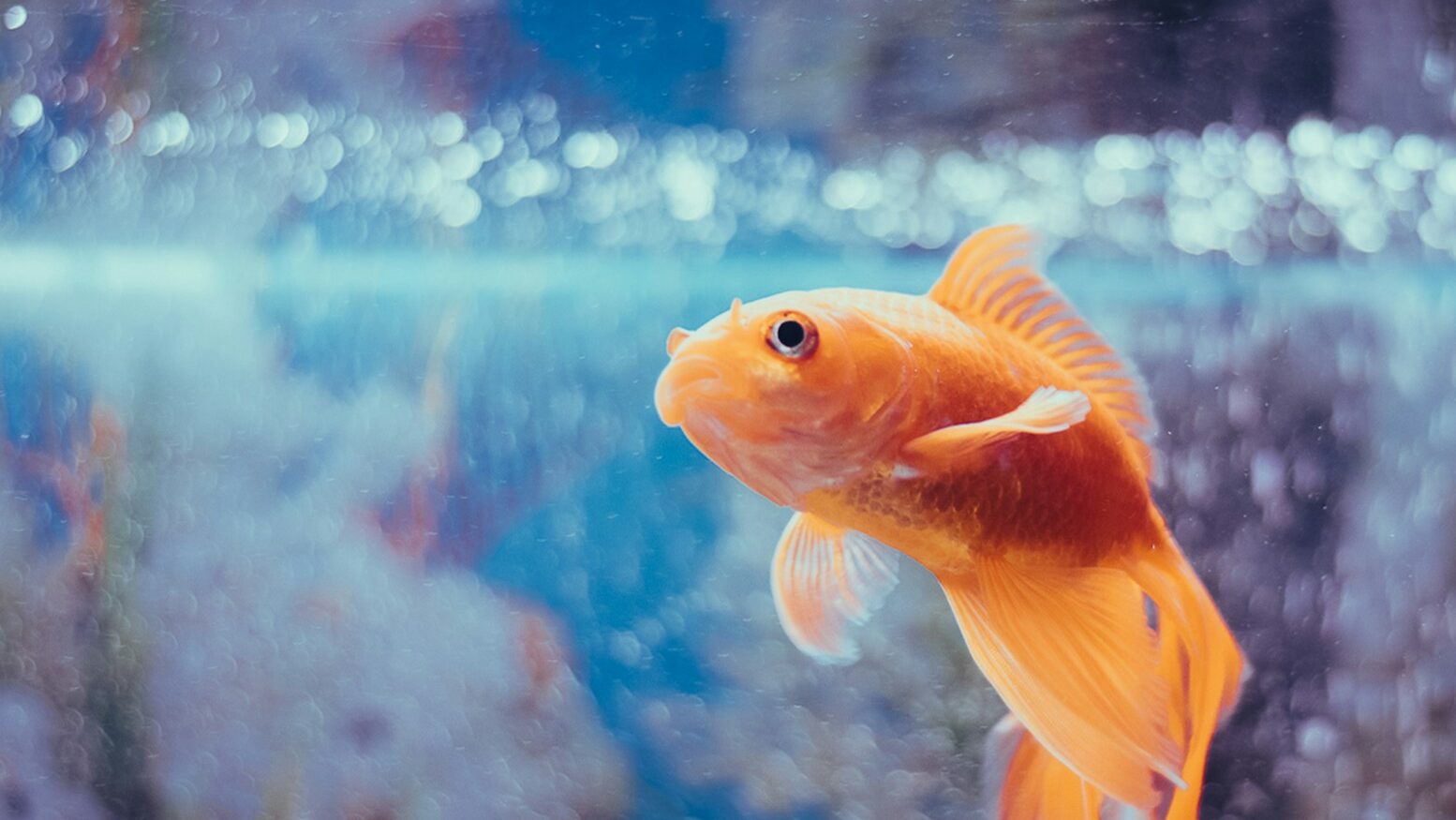
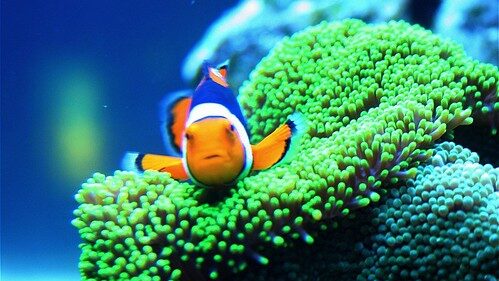



Leave a Reply